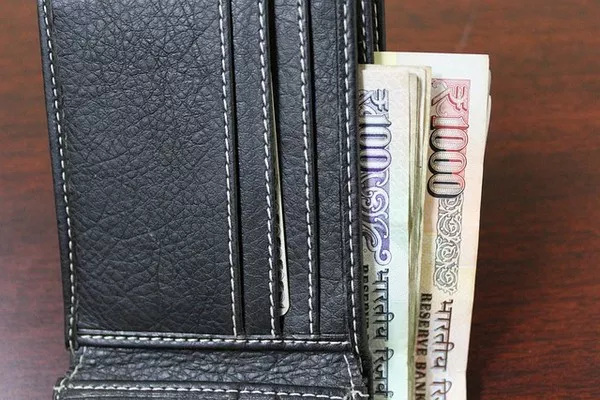The Indian Rupee (INR), like any other currency, is subject to numerous factors that shape its future trajectory. As one of Asia’s major currencies and an integral part of the global forex market, understanding the prospects of the Indian Rupee involves examining economic, political, and market dynamics both within India and globally. In this article, we delve into the factors influencing the future of the Indian Rupee and explore potential scenarios for its evolution.
Economic Fundamentals
The Indian economy plays a central role in determining the strength and stability of the rupee. Several key economic indicators impact the currency’s performance:
GDP Growth: India’s GDP growth rate significantly influences the value of the rupee. Higher growth typically attracts foreign investment and strengthens the currency.
Inflation Rate: Inflation erodes the purchasing power of a currency. High inflation rates can weaken the rupee’s value relative to other currencies.
Fiscal Deficit: India’s fiscal health affects investor confidence. A widening fiscal deficit could lead to concerns about sustainability and impact the rupee.
Foreign Exchange Reserves: Adequate forex reserves provide stability to the currency. Higher reserves can support the rupee during times of volatility.
Government Policies and Reforms
Government policies and reforms have a profound impact on currency valuation:
Monetary Policy: The Reserve Bank of India (RBI) regulates monetary policy to control inflation and support economic growth. Interest rate decisions influence capital flows and, consequently, the rupee’s value.
Fiscal Measures: Tax policies, public spending, and budget deficits influence investor sentiment and the rupee’s stability.
Structural Reforms: Initiatives like the Goods and Services Tax (GST) and ease of doing business reforms can enhance India’s economic competitiveness, attracting foreign investment and strengthening the rupee.
External Factors
The Indian Rupee is also subject to external forces:
Global Economic Conditions: Global growth trends, especially in major economies like the US, Europe, and China, impact global trade and capital flows, affecting the rupee’s value.
Commodity Prices: India’s reliance on imports for commodities like oil makes the rupee sensitive to fluctuations in global commodity prices.
Geopolitical Events: Political instability or conflicts in the region can cause currency volatility.
Current Trends and Challenges
In recent years, the Indian Rupee has experienced both strengths and challenges:
Volatility: The rupee has faced periods of volatility due to global economic uncertainties and domestic factors like inflation and fiscal deficits.
External Trade: India’s trade balance affects the demand for foreign currency, impacting the rupee’s exchange rate.
Foreign Investment: Foreign direct investment (FDI) and portfolio investment flows influence the rupee’s strength.
Future Outlook
The future of the Indian Rupee will depend on several critical factors:
Economic Recovery: Post-pandemic recovery will be pivotal. Strong economic growth could bolster the rupee, while setbacks could lead to depreciation.
Global Trade Dynamics: India’s participation in global trade agreements and its export competitiveness will influence forex inflows.
Government Policies: Continued reforms and policy stability will be crucial for investor confidence and currency stability.
Geopolitical Stability: Regional stability and India’s diplomatic relations will impact investor sentiment.
Potential Scenarios
Several scenarios could unfold for the Indian Rupee:
Strengthening Rupee: A robust economic recovery, coupled with stable government policies and high forex reserves, could lead to a stronger rupee.
Stagnation: Persistent economic challenges or policy uncertainties could keep the rupee range-bound.
Depreciation: External shocks, geopolitical tensions, or global economic downturns could lead to rupee depreciation.
Conclusion
The future of the Indian Rupee is intertwined with India’s economic performance, government policies, and global economic conditions. While challenges exist, India’s vast market potential, ongoing reforms, and skilled workforce provide a strong foundation for the rupee’s resilience. Continued focus on economic stability, structural reforms, and attracting foreign investment will be key in shaping a positive trajectory for the Indian Rupee in the coming years. As with any currency, proactive policy measures and adaptive strategies will play pivotal roles in ensuring the Indian Rupee’s stability and growth amidst evolving global dynamics.


